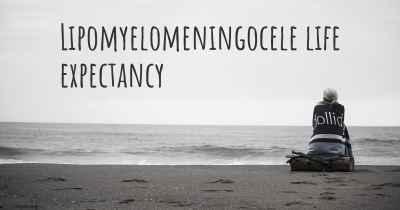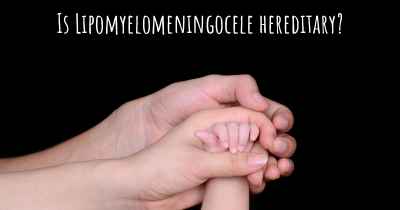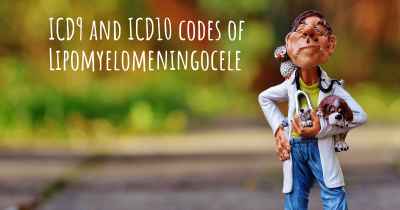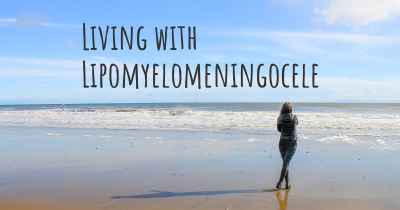How is Lipomyelomeningocele diagnosed?
See how Lipomyelomeningocele is diagnosed. Which specialists are essential to meet, what tests are needed and other useful information for the diagnosis of Lipomyelomeningocele
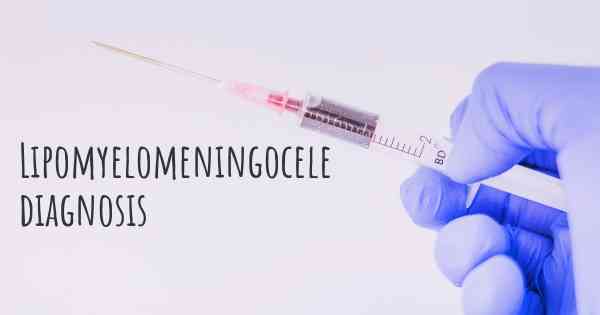
Diagnosis of Lipomyelomeningocele
Lipomyelomeningocele is a rare congenital condition characterized by the presence of a fatty mass or lipoma attached to the spinal cord. It is a type of neural tube defect that occurs during fetal development. Early diagnosis of lipomyelomeningocele is crucial for appropriate management and treatment. The condition is typically diagnosed through a combination of clinical evaluation, imaging studies, and sometimes genetic testing.
Clinical Evaluation
The diagnosis of lipomyelomeningocele often begins with a thorough clinical evaluation by a healthcare professional. The doctor will review the patient's medical history and perform a physical examination. During the examination, the doctor will assess the neurological function, looking for any signs or symptoms that may indicate the presence of a spinal cord abnormality. These may include:
- Visible skin abnormalities: The doctor will check for any visible signs of a fatty mass or skin dimpling over the affected area of the spine.
- Neurological deficits: The doctor will evaluate the patient's motor function, reflexes, and sensation to identify any abnormalities that may suggest spinal cord involvement.
- Urinary and bowel dysfunction: Lipomyelomeningocele can affect the nerves controlling bladder and bowel function, so the doctor will inquire about any urinary or bowel problems.
Imaging Studies
Imaging studies play a crucial role in confirming the diagnosis of lipomyelomeningocele and providing detailed information about the extent and location of the spinal cord abnormality. The most commonly used imaging techniques include:
- Magnetic Resonance Imaging (MRI): MRI is the gold standard imaging modality for diagnosing lipomyelomeningocele. It provides detailed images of the spinal cord, nerve roots, and associated structures. MRI can accurately identify the presence of a lipoma, determine its size and location, and assess any associated spinal cord tethering or compression.
- Ultrasound: In some cases, ultrasound may be used as an initial imaging tool, particularly in infants. It can help visualize the spinal cord and detect the presence of a lipoma. However, MRI is generally preferred for a more comprehensive evaluation.
Genetic Testing
In certain cases, genetic testing may be recommended to identify any underlying genetic abnormalities associated with lipomyelomeningocele. This is particularly relevant if there are other congenital anomalies or a family history of neural tube defects. Genetic testing can help determine if there are any specific genetic mutations or chromosomal abnormalities that may have contributed to the development of the condition.
Importance of Early Diagnosis
Early diagnosis of lipomyelomeningocele is crucial for several reasons:
- Treatment planning: Early diagnosis allows healthcare professionals to develop an appropriate treatment plan tailored to the individual's needs. This may involve surgical intervention to remove the lipoma and release any spinal cord tethering.
- Prevention of complications: Timely intervention can help prevent or minimize potential complications associated with lipomyelomeningocele, such as neurological deficits, bladder and bowel dysfunction, and orthopedic issues.
- Psychological support: Early diagnosis enables healthcare providers to offer psychological support and counseling to the affected individual and their family, helping them cope with the emotional challenges associated with the condition.
In conclusion, the diagnosis of lipomyelomeningocele involves a combination of clinical evaluation, imaging studies (primarily MRI), and sometimes genetic testing. Early diagnosis is essential for appropriate management and treatment, as well as for preventing potential complications and providing psychological support to the affected individual and their family.
